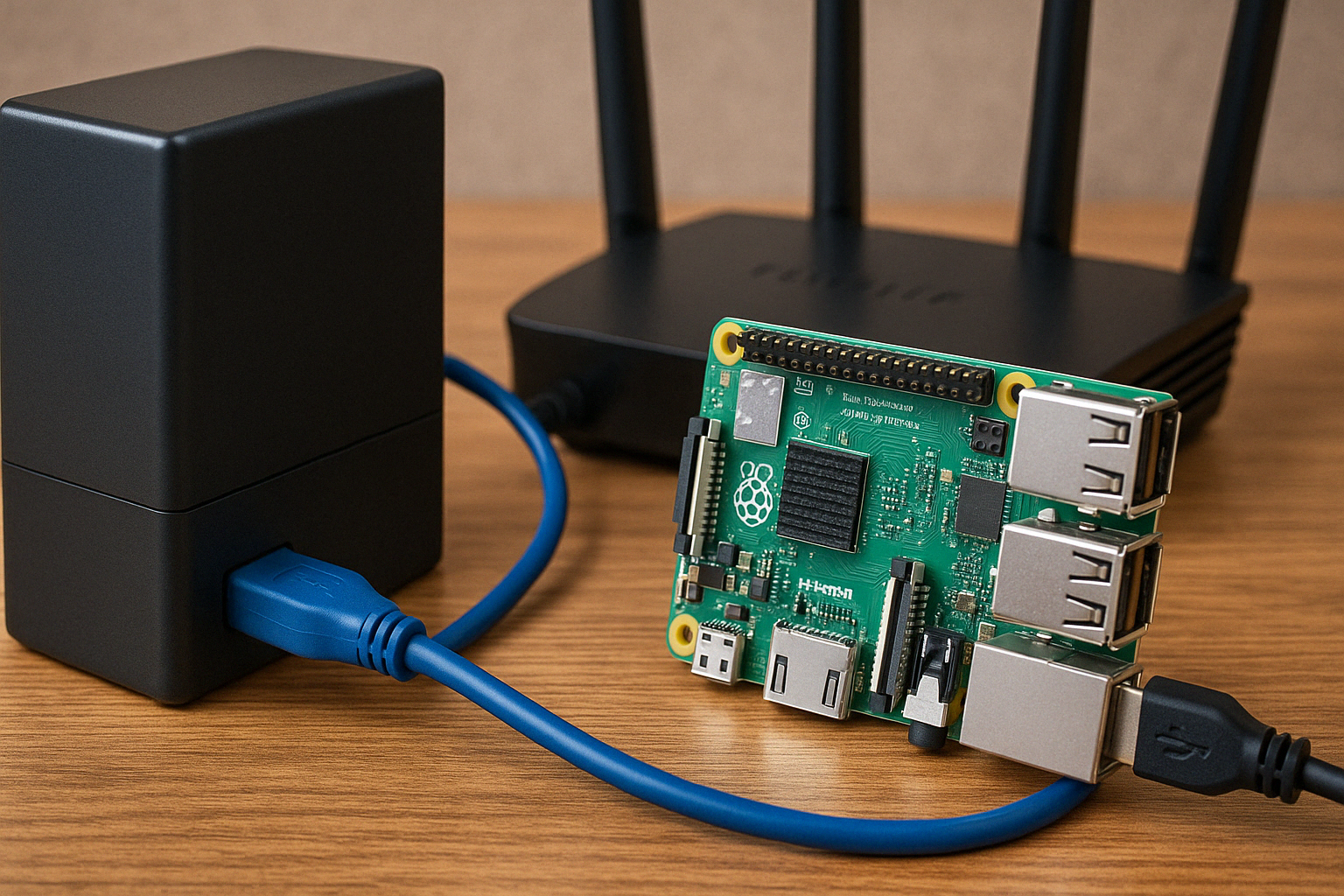Creating NAS with Raspberry Pi
This blog will guide you through the process of setting up a NAS (Network Attached Storage) using a Raspberry Pi.
Introduction
In this blog, we will explore how to set up a Network Attached Storage (NAS) system using a Raspberry Pi. A NAS allows you to store and access files over a network, making it a great solution for home or small office environments.
There are several ways to set up a NAS with a Raspberry Pi, but we will focus on using Samba, which is a free software re-implementation of the SMB/CIFS networking protocol.
Installation Steps
Step 1: Install Samba
First, we need to install Samba on the Raspberry Pi. Open a terminal and run the following commands:
1
2
sudo apt update
sudo apt install samba samba-common-bin
Step 2: Mount External Storage
Next, we need to mount the external storage device (like a USB drive) that we want to use for our NAS.
1
2
3
sudo mkdir -p /mnt/nas
sudo mount /dev/sda1 /mnt/nas # Replace /dev/sda1 with your device identifier
sudo chown -R pi:pi /mnt/nas # Change ownership to the pi user
Step 3: Configure Samba
Now, we need to configure Samba to share the mounted directory. Open the Samba configuration file:
1
sudo vim /etc/samba/smb.conf
Add the following lines at the end of the file:
1
2
3
4
5
6
7
8
[nas]
path = /mnt/nas
valid users = pi
read only = no
browsable = yes
guest ok = no
create mask = 0660
directory mask = 0770
Step 4: Set Samba Password
Set a password for the Samba user (in this case, the pi user):
1
sudo smbpasswd -a pi
Step 5: Restart Samba Service
Finally, restart the Samba service to apply the changes:
1
sudo systemctl restart smbd
Accessing the NAS
You can now access the NAS from any device on the same network. On Windows, open File Explorer and type \\<Raspberry_Pi_IP>\nas in the address bar. On macOS, use Finder and select “Go” > “Connect to Server”, then enter smb://<Raspberry_Pi_IP>/nas.
Conclusion
Setting up a NAS with a Raspberry Pi is a cost-effective way to create a centralized storage solution for your files. With Samba, you can easily share files across different operating systems. Enjoy your new NAS!
